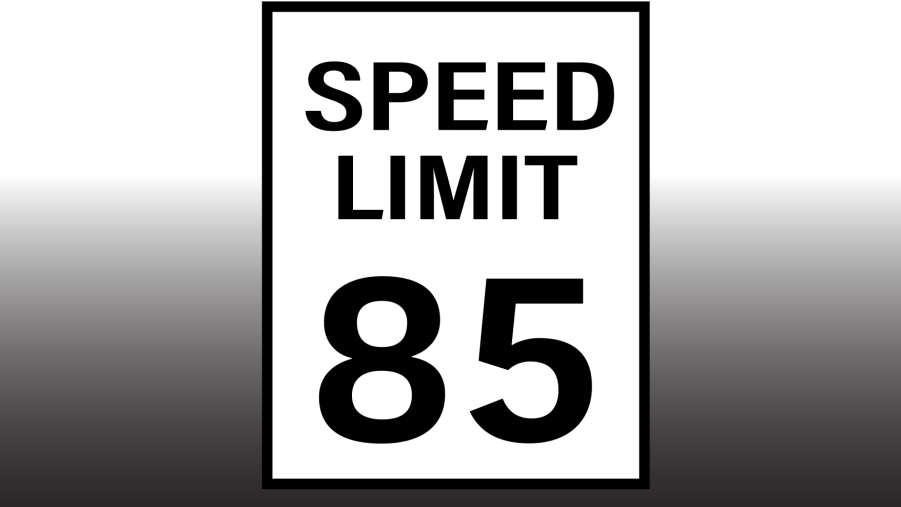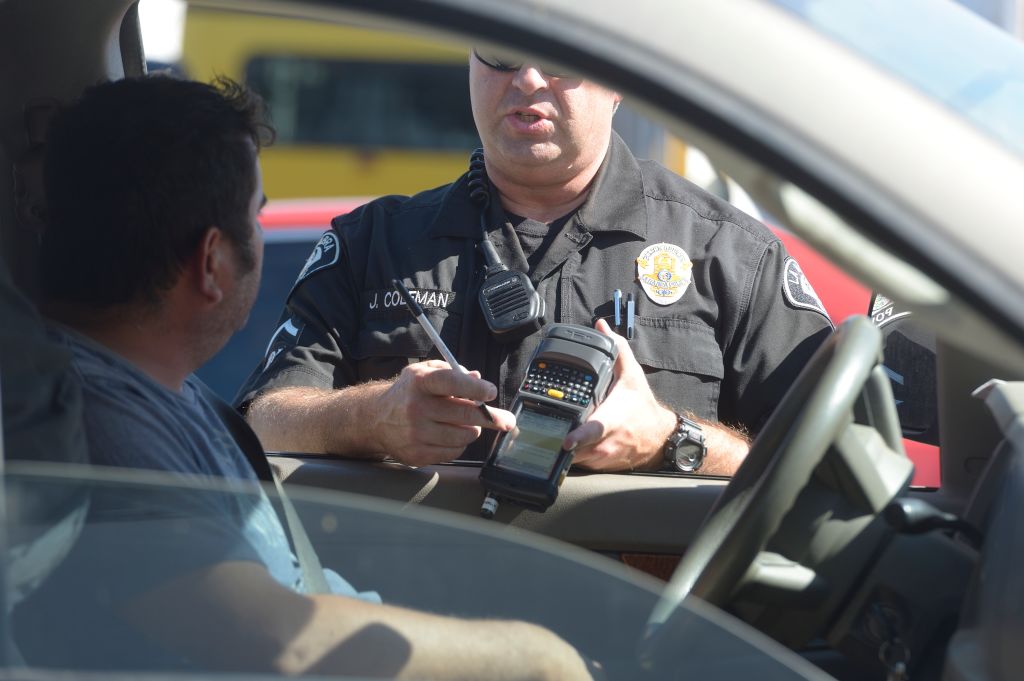
It’s 2021: About Damn Time To Raise Speed Limits!
Have you ever been driving and everything feels fine, then you look at your speed as you pass the police and you’re cruising along at 85 mph? But it felt like you were doing 60 mph? Welcome to 2021-it’s about damn time to raise speed limits.
Drivers feel more comfortable hitting these higher speeds
There are a number of reasons that 85 mph felt like 60. Cars handle better, ride better, brake better, and exhibit reduced wind noise from better aerodynamics. Drivers feel more comfortable hitting these higher speeds. But there are other factors that make your car far safer than when speed limits were set.

The number of safety features, which are mostly standard, makes the car safer and you a defacto better driver. Lane departure, detecting vehicles too close, and more responsive electronic steering are all safety features that reduce the likelihood of an accident. And those safety features might subliminally be bolstering your confidence in raising your speeds.
Traffic engineers proved people establish limits regardless of the posted speed
That’s the other thing about driving above the speed limit. Traffic engineers have proved that people will establish limits regardless of the posted speeds. That speed where 85% of drivers hit is called the 85th percentile. This is what establishes most speed limits, and is recommended by the Federal Highway Administration and the Institute of Traffic Engineers. Some states can adjust that number down but usually not past five mph.
Except on highways. What had been 65 mph was reduced to 55 mph during the 1970s to help increase mileage and make roads “safer.” But nobody followed the limit. Most everyone was accustomed to the 65 mph limit and besides, everyone had been used to driving 65 mph. The reduced speed limit just felt slow.
In 1995 the limit was raised back to 65 mph while some highways saw their limits raised to 70 mph. Today, there are places like Texas 130 between Seguin and Mustang Ridge posted 85 mph. That makes it the fastest stretch of highway in the US.
When speed limits reflect an honest speed it adds credibility to the limit

When speed limits reflect an honest speed that most people who travel on that road hit, it adds credibility to the limit. Also, people aren’t inclined to hit the brakes to slow down upon seeing a police car. They are already cruising comfortably at the 85th percentile speed. With speed limits raised to a reasonable number, it makes speeding a crime rather than a common occurrence.
Speeds should be based on what most drivers comfortably drive at, not what politicians want us to be driving. It shouldn’t be a conscious decision to slow down because the limit is arbitrarily set. That in itself could cause an accident if someone is driving at a comfortable clip behind you and you tap the brakes to slow down. Not expecting you to slow down it might be too late for them to slow down. With that, an accident could occur.
Speeding should be a serious offense and drivers would take it as such if limits are based on sound engineering and safety practices. And with the engineering and safety improvements, new cars feature there is no reason speed limits can’t be raised to acknowledge those developments.



